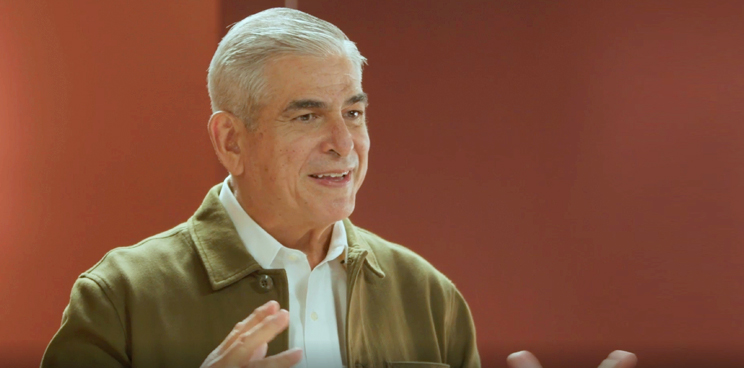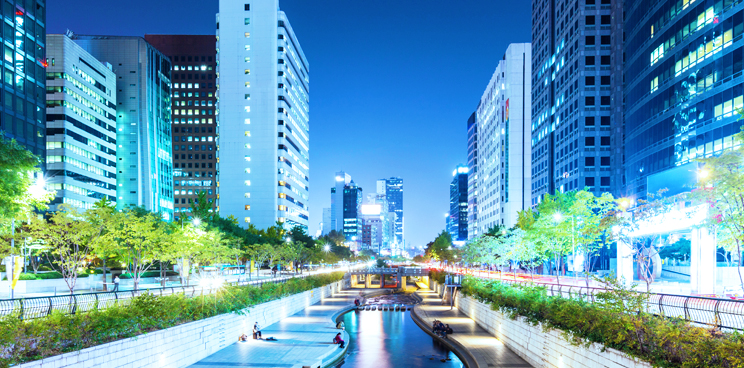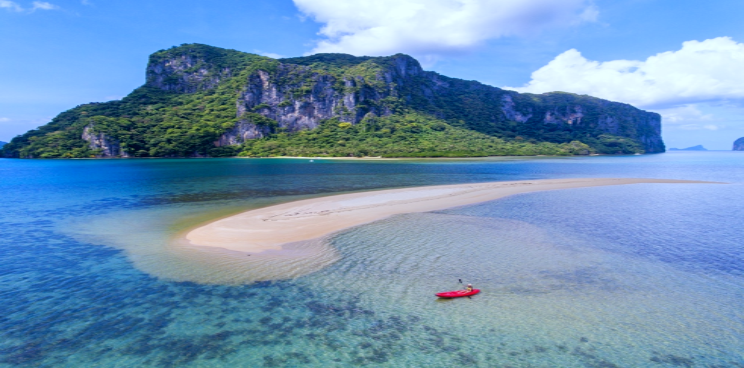In January, BPI released an economic forecast that showed the Philippines well on its way to recovery. At the beginning of 2021, GDP was 10% below pre-pandemic levels, but by year’s end we were just 4% short of this benchmark. This was based on our economy’s positive performance in Q4, where GDP expanded by 7.7%. BPI’s research team was the only one that successfully forecasted the +8.3% growth in the first quarter of 2022.
While the forecast took into account the national elections, the Russia-Ukraine conflict in late February brought profound implications for global and local markets. What can we expect from this dynamic scenario, and how should we adjust our financial plans to keep our investments healthy and viable in the coming months and years?
We recently sat down with BPI’s lead economist Jun Neri to chat about the direction of the Philippine economy. Here are some excerpts from our conversation.
Much like your favorite online games, these apps add game elements to daily tasks to increase engagement and productivity.
Is 2022 really a “recovery year”?
A return to pre-pandemic GDP levels later this year indicates that Philippine companies are expected to perform a lot better in 2022.
Jun Neri: Investors were generally surprised about how quickly the Philippine economy was able to bounce back in the 4th quarter of last year, and even in the 1st quarter of this year despite Omicron. If we can continue with the second booster shot and safely follow protocols, the reopening story of the Philippines can translate into a very strong performance.
The pandemic is still a concern and if we’re not careful we could end up with new lockdowns like China. But the momentum for recovery is very much intact, with positive indicators such as strong enrollment rates, high mobility, and people searching for local travel destinations.
The growth seen in Q1 2022 validates that the recovery of the Philippine economy will be strong in the first half of 2022, but this slowed down in the second quarter of the year because of different headwinds, including the armed conflict in Eastern Europe, the tighter lockdowns in China and aggressive rate hikes in the US.
Despite these challenges, the economy has been able to sustain its recovery thanks to the improved mobility in February and March when the COVID cases subsided and when election campaign season began.
What’s the effect of the Russia-Ukraine conflict on the Philippine economy?
As far as our economy is concerned, we can expect to see slower growth and higher inflation should the conflict extend indefinitely.
Jun Neri: The top concern here is commodity prices. It’s going to hit corporate earnings so equity markets are not going to be as rosy as originally expected. Revenues will not be as vibrant and will show up in slower growth numbers later in the year; on the expenditure side, corporates will be dealing with higher input costs, squeezing their margins by more than anticipated. So tumataas na yung cost mo, humihina pa yung demand—because consumers will probably prioritize the essentials over discretionary spending or big-ticket items.
When it comes to the stock market, publicly held companies will definitely be affected by commodity prices, which led the team to scale back their previous forecast.
Jun Neri: If in late January BPI Securities was projecting a Philippine Stock Exchange index of 8,500 to 9,000, the Russia-Ukraine conflict would squeeze corporate margins and could limit the upside to maybe 7,000 to 7,500. And if the price of global commodities even soars further we could probably be stuck with this 6,500 to 7,000 level for a longer time. There are a lot more possibilities given all these numerous global headwinds.
Investors were generally surprised about how quickly the Philippine economy was able to bounce back.
Investors were generally surprised about how quickly the Philippine economy was able to bounce back.
Is it better to invest locally, or in foreign markets?
When it comes to investing in developed and emerging markets, there are two schools of thought.
Jun Neri: Global markets like the US, Europe, China, and Asian markets outside Southeast Asia are all expected to underperform following the conflict and rising inflation. In the first school of thought, people are saying that maybe Southeast Asia can “delink” itself from the developed world for several reasons, mainly because our recovery is happening much later than theirs. Most of Southeast Asia, with the exception of Singapore, was still far below their 2019 performance, which means that we will only enjoy the full benefits of the recovery in 2022.
On the other hand, the second school of thought says that when markets abroad underperform, “delinking” might be a hard sell because the world is highly interconnected. There is this investor mindset that when large economies and financial markets do poorly, there are no winners, everybody loses. Hence foreign investors would prefer to put their funds in more conservative instruments often within their own borders. This suggests that we in Southeast Asia might not actually benefit from the decline and losses of other economic blocs.
How do elections affect the local economy and market?
Based on the last four elections, the economy performs well in the three quarters before election, but slows down in the quarters after an election.
Jun Neri: That’s because the new administration still has no clear mandate; they may have plans on paper but no aggressive outlays on priority programs outlined yet. Our economy typically slows down during the second half of a presidential election year and will likely do even more poorly if its not prepared to hit the ground running.
But Neri also notes that it’s different for the market, which “tends to be cautious just before elections, but quite bullish and very hopeful right after.” That’s because during this “honeymoon period”, investors are optimistic that a new mandate will be applied.
What is the one thing I should be doing differently in 2022?
We should all slowly rebalance our portfolios given that we are facing a post-pandemic economic environment where interest rates are no longer abnormally low.
Jun Neri: Finally the increases in interest rates that we’ve been anticipating are taking place. Now that it’s here, your investment strategy should also adjust accordingly.
For the Philippines, the recovery year should translate to better valuations even in the face of higher inflation. For foreign markets, you have to revisit those investments since the policy environment of the Central Bank is evolving towards a post-pandemic outlook. In addition, geopolitics will be more crucial in the coming quarters whenever you make your investment choices.
For a more in-depth discussion to review and rebalance your personal portfolio, contact your Relationship Manager today.






